Last time, in “Rethinking Research Operations in a Fragmented World,” we examined the hidden costs of operating with disconnected research tools — time wasted, inconsistent data, and critical insights lost. Fragmentation isn’t just an inefficiency; it’s a strategic liability.
But what’s the actual Return on Investment (ROI) for fixing it?
Business leaders rarely question the value of engineering or sales, yet research often has to fight to justify its budget. That’s because the value of a unified research framework is frequently misunderstood.
The true ROI of a connected approach isn’t a linear cost saving — it’s an exponential gain in velocity, integrity, and risk reduction. To prove this, we need to challenge three pervasive myths about Research Operations (ResearchOps) value.
Myth #1: ROI Is Simply Time Savings
Reality: ROI Is Project Velocity
Many teams calculate ResearchOps ROI by multiplying the hours saved on administrative tasks (like recruitment or scheduling) by researcher salary. That metric misses the point entirely.
The actual value of unifying systems is in accelerated project velocity — how quickly a team can move from an initial question to a validated decision.
The ROI isn’t the payroll cost saved — it’s the opportunity created by bringing validated features to market faster or, just as importantly, failing weak ideas sooner.
Myth #2: We Just Need to Centralize Our Data
Reality: You Need Actionable Data Integrity
Many organizations believe that building an insights repository solves the fragmentation problem. They centralize data, yet results remain inconclusive because that data lacks connected context.
True value comes from achieving Actionable Data Integrity — the confidence to make a multimillion-dollar decision based on trustworthy insight. A unified framework delivers this by linking three crucial elements:
- Vetted Researchers: Standardized protocols ensure every study — whether run internally or by an external partner — meets a consistent bar for quality and ethics.
- Verified Participants: Findings connect directly to robust, up-to-date participant profiles, eliminating doubt about who was talking.
- Integrated Tools: Data flows automatically from collection (survey, interviews, or focus groups) into repositories, preserving context and preventing corruption from manual handoffs.
The measurable outcome is a reduction in decision-making churn. When insights are grounded in verified data, stakeholders spend less time debating validity — and more time acting on the findings.
Myth #3: Research Is a Cost Center Until Launch
Reality: Research Is a Competitive Barrier and Risk Reduction Mechanism
Research operations are often viewed as a pre-revenue expense — necessary, but their strategic value is often underestimated. That mindset overlooks the dual value of a cohesive system: reducing risk and building competitive advantage.
Value 1: Risk Reduction (The Rework Avoidance)
The most tangible ROI from ResearchOps often comes from the projects it prevents. A unified framework standardizes global processes to ensure compliance and quality, cutting risks such as:
- Rework Costs: Consistent early-stage research catches fatal flaws that would cost 10× more to fix during development.
- Reputation & Privacy Risks: Centralized participant management reduces the likelihood of privacy breaches and protects organizational trust.
- Market Failure: Unified, localized research — as explored in our previous article — helps prevent launching culturally or functionally misaligned products.
Value 2: The Competitive Barrier
As research scales, interconnected, high-integrity data becomes a strategic asset competitors cannot easily replicate. Teams that can seamlessly compare findings across regions, products, and years build institutional knowledge that powers faster, smarter strategic pivots.
That accumulated intelligence is a durable competitive barrier — one that transcends any individual tool or vendor.
The Strategic Advantage: From Isolation to Alignment
Rethinking research operations isn’t about adopting a single tool. It’s about an integration mindset — aligning workflows, people, and data holistically to create measurable value.
By reframing ROI around Project Velocity, Data Integrity, and Risk Reduction, research evolves from a perceived cost center into a high-value engine that fuels smarter, more confident decisions.
Next in the Series
In the next article, we move from this value-driven perspective to Infrastructure Framing — outlining a practical blueprint for building your Connected Research Ecosystem.

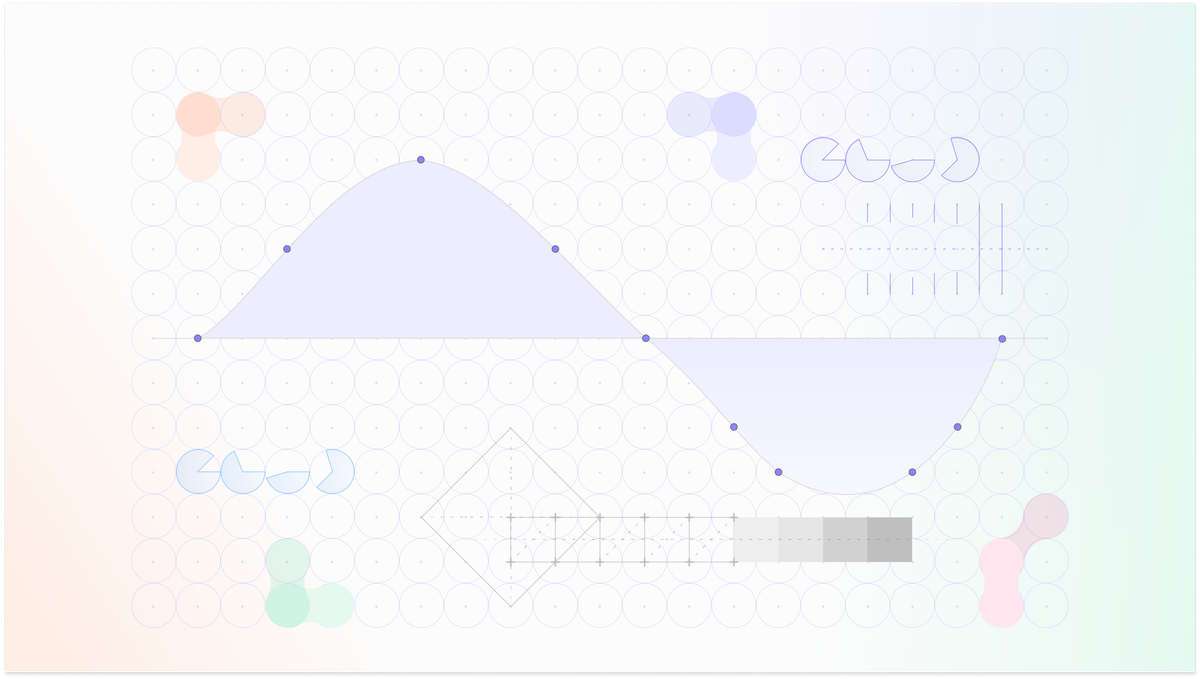
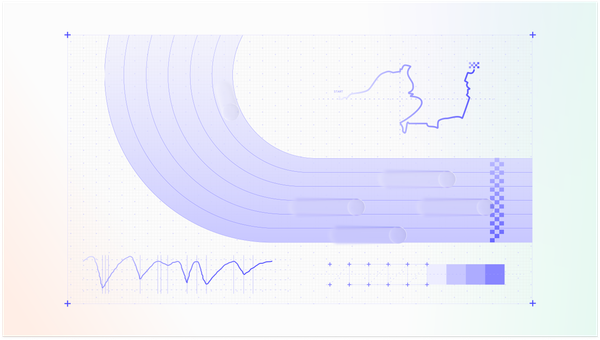

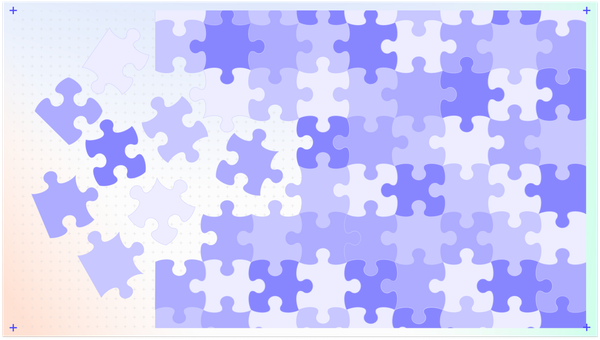
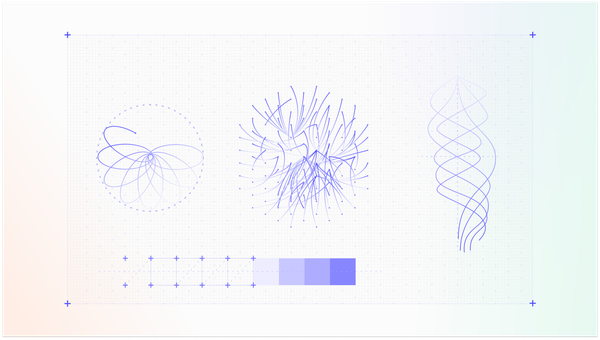
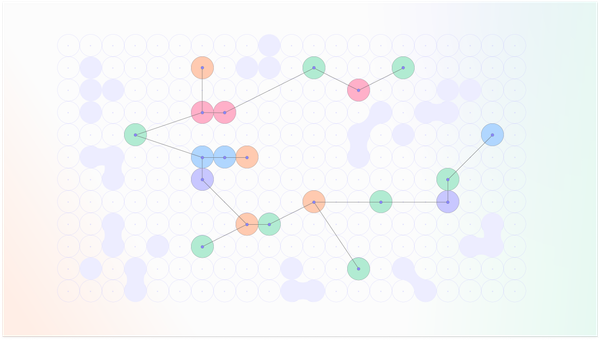
Member discussion